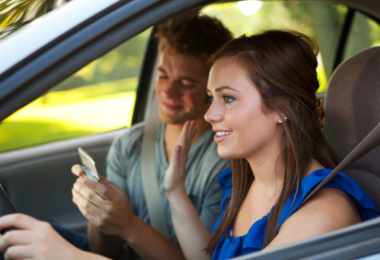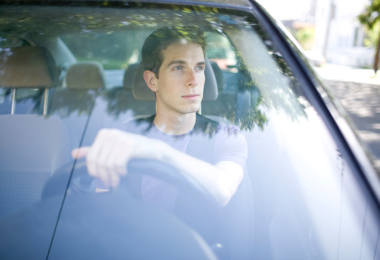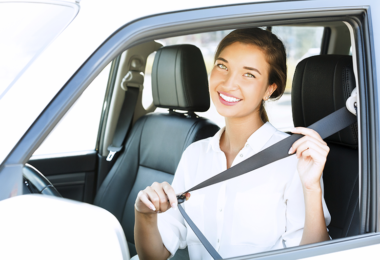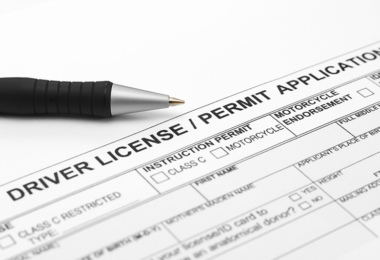Home / Modules / Components / Number of young passengers allowed in the intermediate stage / Description and rationale
Description and rationale
Adolescent development research indicates that peer influences are capable of encouraging helpful as well as harmful behavior, but there is evidence that teens take more risks in groups of teens than when alone in a variety of contexts.1 Naturalistic studies of teen driving behavior produced similar results: one showed teen passengers having a negative effect on teen drivers who engage in risk taking2; another showed a protective effect.3 The evidence from crash-based studies, however, has proven more consistent showing that young passengers in cars driven by teenagers increase fatal crash risk and that multiple passengers increase crash risk the most. Almost 9 out of ten (89%) parents of teen drivers participating in a U.S. national online survey also support passenger restrictions and most thought that one passenger (44%) or no passengers (38%) unrelated to the driver should be allowed.4 The Insurance Institute for Highway Safety also estimates that allowing no passengers over two or more passengers would reduce collision claims and fatal crashes by 5% and 21%, respectively.5
Accordingly, with the exception of a supervising driver and family members, intermediate license holders should be restricted to have no more than one teenage passenger in the vehicle at all times.
1Allen and Brown 2008; Brown et al. 2008; Gardner and Steinberg 2005; Steinberg 2011
5Available at http://www.iihs.org/iihs/topics/laws/gdl_calculator?state=FL





